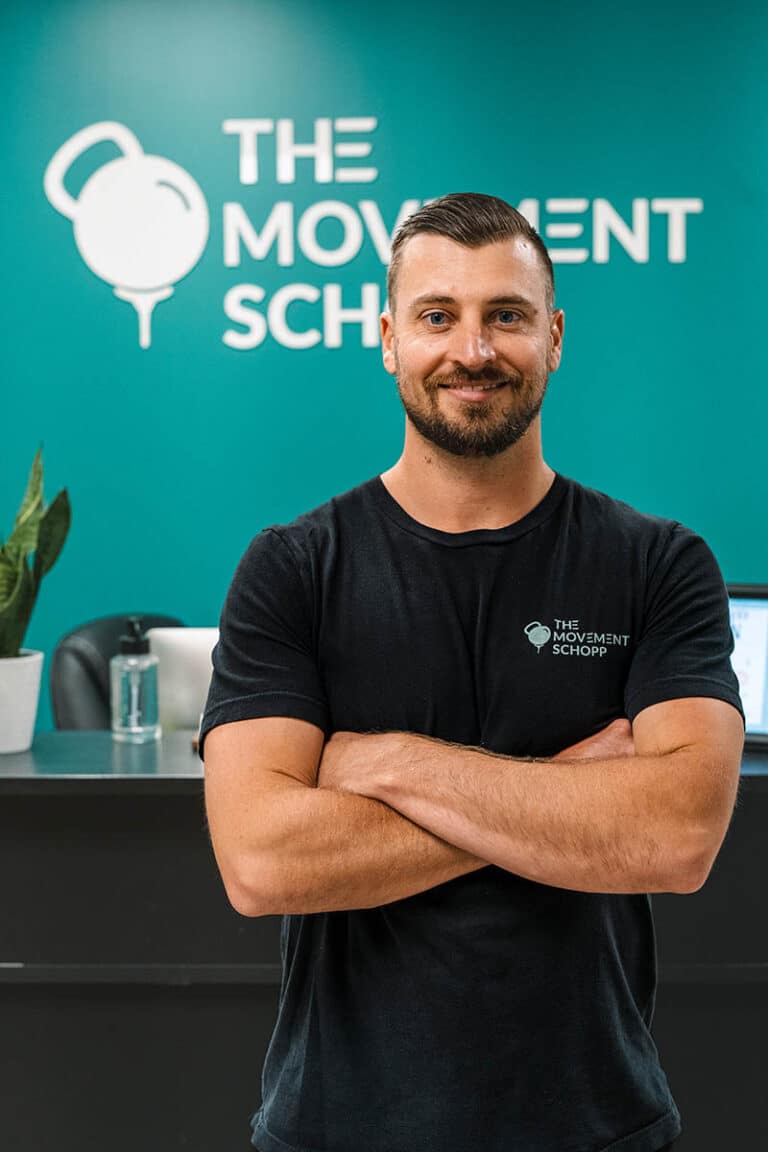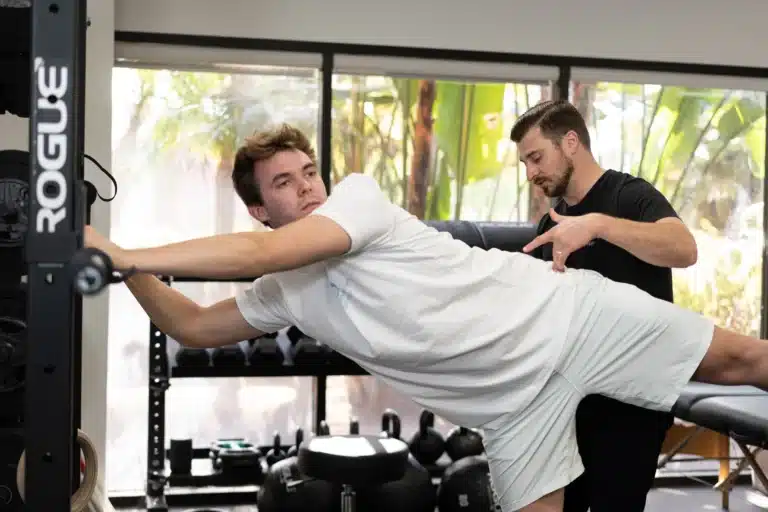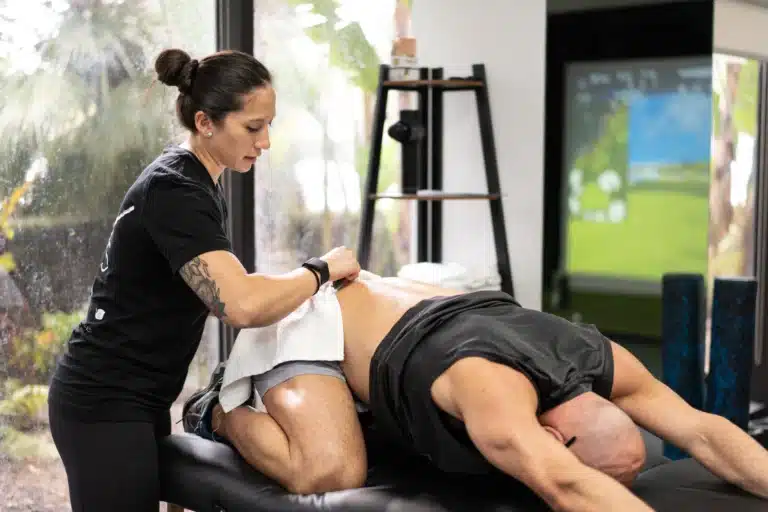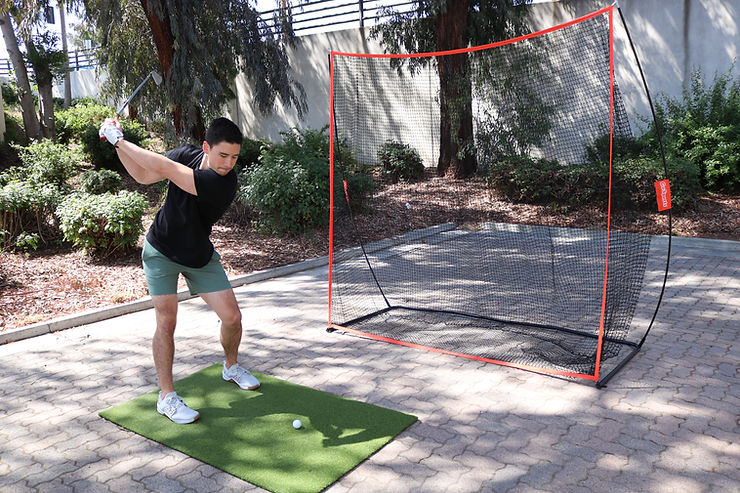For runners, knee pain can be a frustrating setback that impacts performance and even keeps them off the road. Known as “runner’s knee,” this common issue can arise from a variety of factors, including poor running form, muscle imbalances, and overuse. Left unaddressed, knee pain can develop into a chronic problem that affects your ability to train and compete. Fortunately, physical therapy for runners offers a solution to treat and prevent knee pain, keeping you on track for your goals.
Common Causes of Knee Pain in Runners
Runners are particularly susceptible to knee pain due to the repetitive impact and high demands running places on the joints. Some of the most common causes of knee pain for runners include:
1. Patellofemoral Pain Syndrome (Runner’s Knee)
Runner’s knee occurs when the kneecap (patella) doesn’t move properly within the groove of the femur, leading to pain and inflammation. This is often caused by muscle imbalances or tightness in the hips, quads, or calves, which can put extra strain on the knee joint.
2. IT Band Syndrome
The iliotibial (IT) band runs along the outside of your thigh and helps stabilize the knee. When the IT band becomes tight or inflamed, it can cause pain on the outer side of the knee, especially during long runs.
3. Overuse Injuries
Overtraining, running on hard surfaces, or increasing your mileage too quickly can lead to knee pain from overuse. Overuse injuries often stem from muscle fatigue, improper recovery, or inadequate footwear.
How Physical Therapy Addresses Knee Pain for Runners
If you’re experiencing knee pain, physical therapy can help identify and address the underlying issues, ensuring that you recover properly and prevent future problems. Here’s how knee pain physical therapy works for runners:
1. Gait Analysis and Running Form Correction
One of the first steps in treating knee pain is analyzing your running form. Improper mechanics, such as overstriding or poor foot strike, can place unnecessary stress on your knees. A physical therapist will assess your gait and make adjustments to improve your form, helping you run more efficiently and with less impact on your knees.
Example: A runner in South Bay with knee pain may be overstriding, placing excessive stress on their knee joints. A physical therapist can provide running form corrections to reduce the impact and prevent further damage.
2. Addressing Muscle Imbalances and Weaknesses
Knee pain often arises from muscle imbalances, particularly in the hips, quads, hamstrings, and calves. When certain muscles are weak or tight, they can shift the workload onto your knees, causing pain and inflammation. Physical therapy works to strengthen and stretch the appropriate muscle groups, ensuring that your body is properly balanced and your knees are protected.
Example: A runner in Torrance experiencing knee pain may benefit from hip strengthening exercises prescribed by a physical therapist to improve stability and reduce strain on the knees.
3. Mobility and Flexibility Exercises
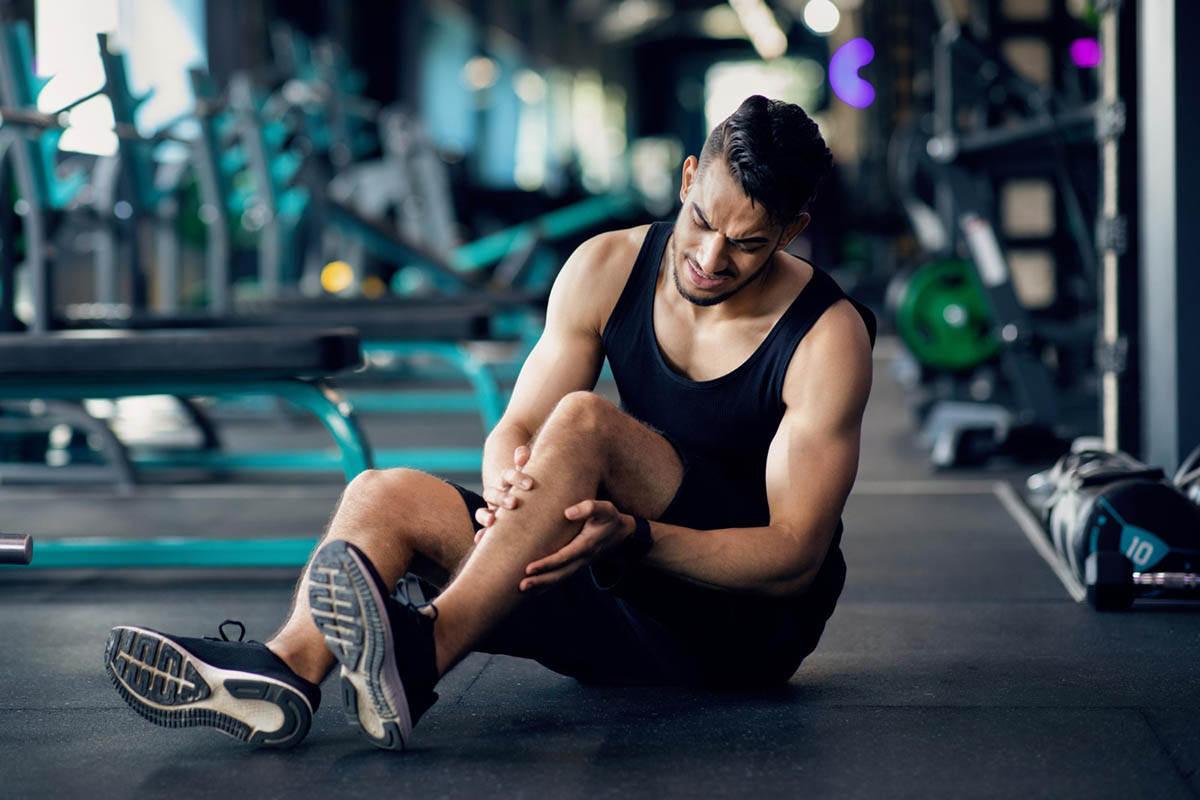
Tight muscles can limit your range of motion and place extra stress on your knees. A physical therapist will guide you through mobility and flexibility exercises to improve your joint movement and reduce tension on your knees during runs. By enhancing your flexibility, you’ll be able to move more fluidly and reduce the likelihood of knee pain.
4. Injury Recovery and Prevention
If you’re already dealing with a knee injury, physical therapy can help you recover safely and return to running stronger than before. A physical therapist will design a customized rehabilitation plan that includes strength training, mobility work, and gradual reintroduction to running. Once you’ve recovered, your therapist will continue working with you to ensure that you stay injury-free in the future.
Example: A runner in Redondo Beach recovering from IT band syndrome can work with a physical therapist to improve hip flexibility and avoid further knee issues down the road.
Long-Term Benefits: Running Knee Pain Prevention
The best way to handle knee pain is to prevent it from occurring in the first place. Regular sessions with a physical therapist can help you identify potential issues before they become serious problems, keeping your knees healthy and pain-free. By addressing muscle imbalances, improving running form, and incorporating mobility work into your routine, physical therapy can help you stay on track for the long term.
Conclusion: Keep Running Strong with Physical Therapy
Knee pain is a common issue for runners, but it doesn’t have to sideline you. With the right approach to physical therapy for runners, you can treat existing knee pain, prevent long-term damage, and improve your overall running performance. Whether you’re training in South Bay, Torrance, or Hermosa Beach, The Movement Schopp can help you get back to running pain-free and keep you on track for your goals.

